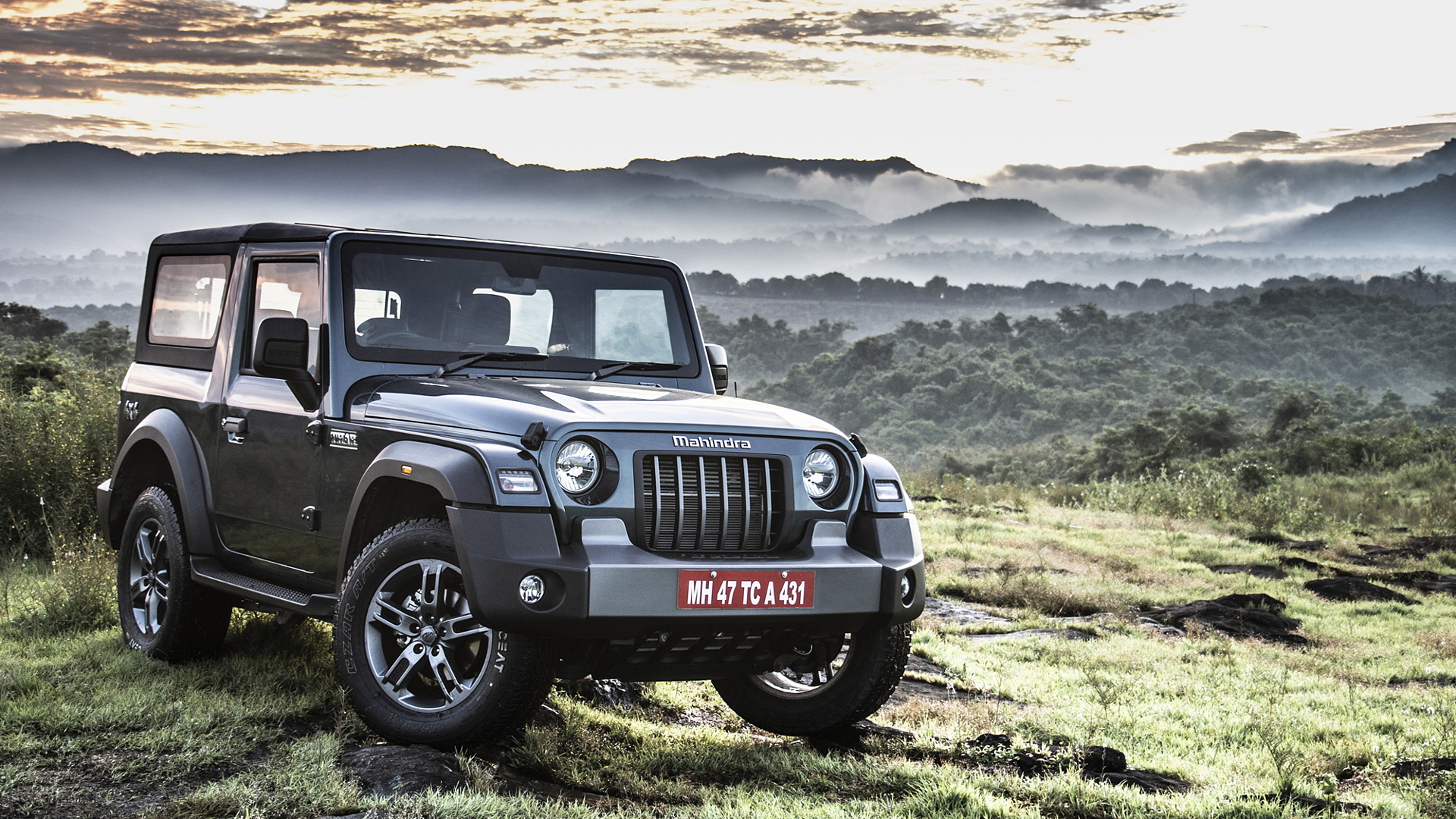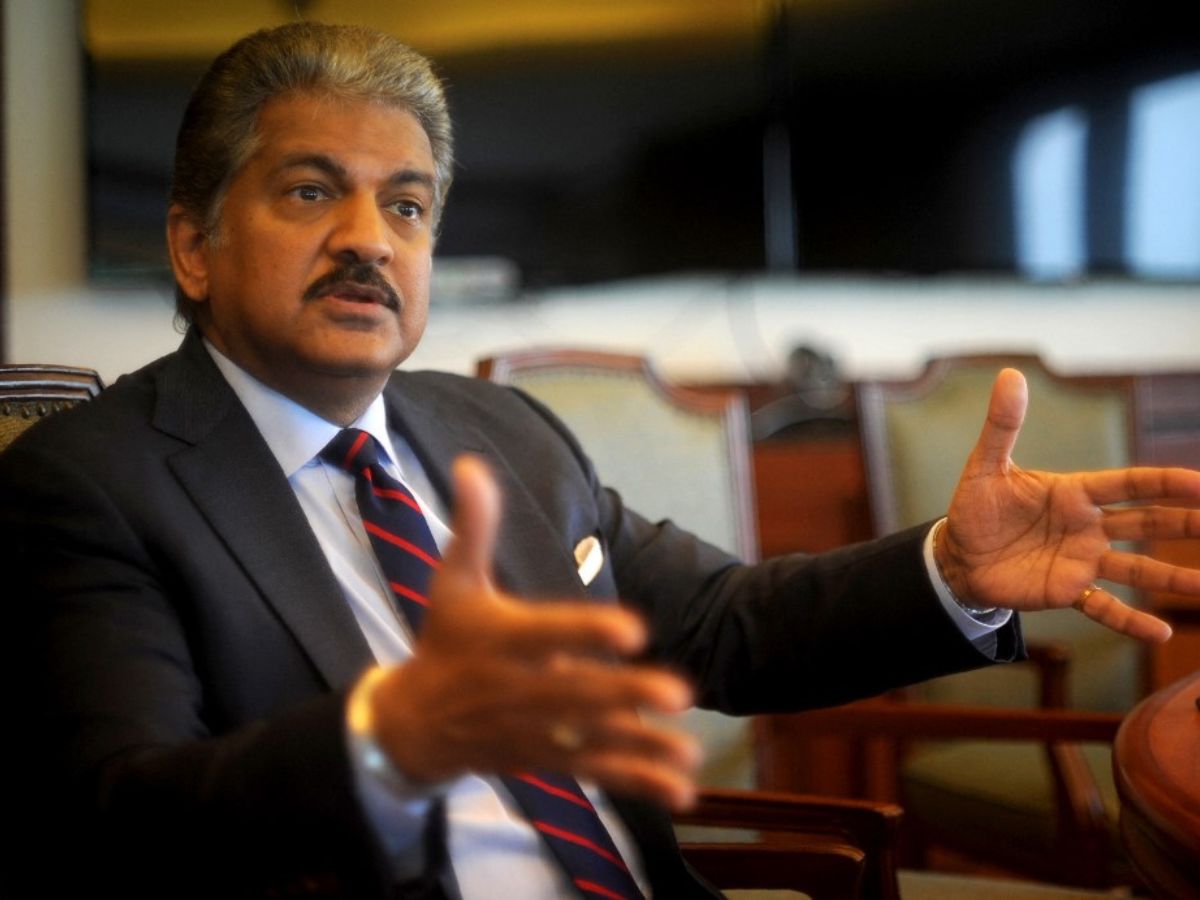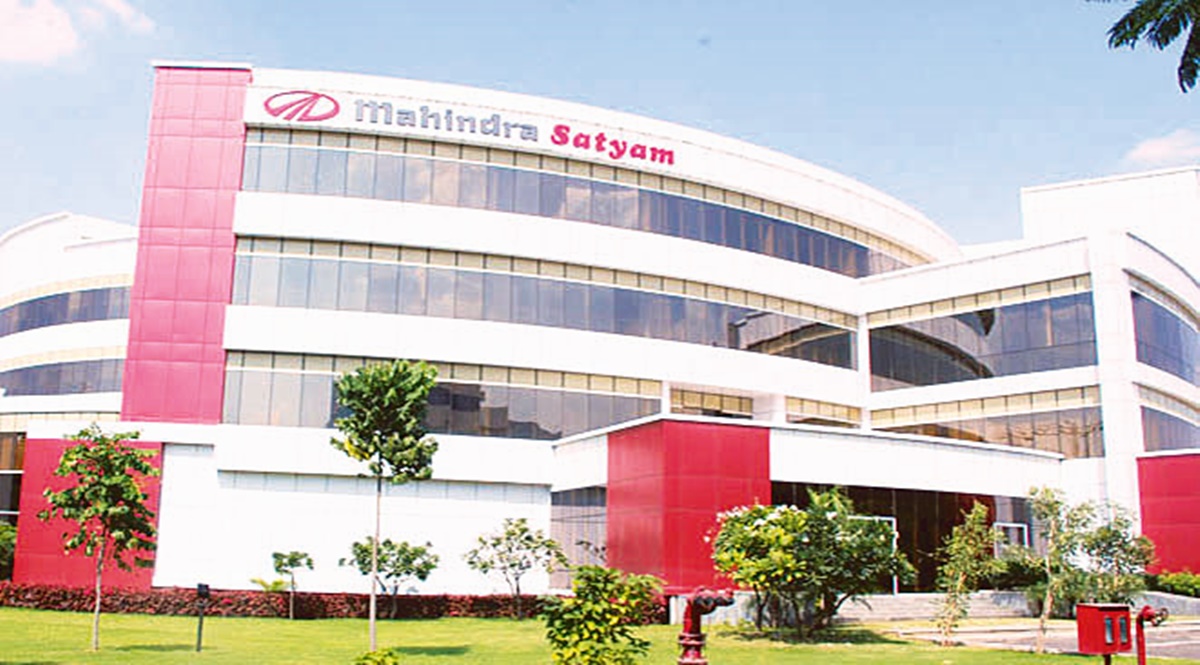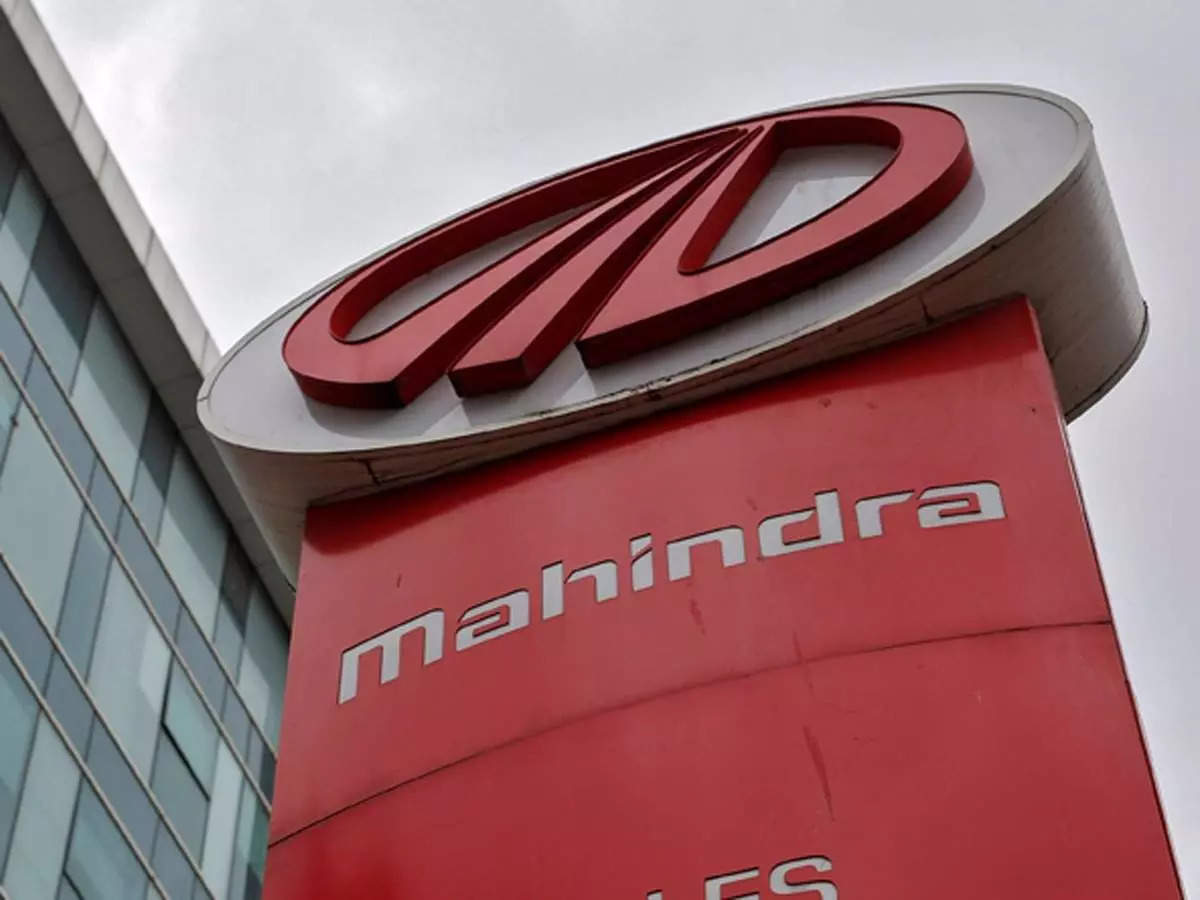
The Indian automobile industry is set to become the third largest in the world by 2030. Along with the global presence, at home, the automobile industry is an important part of the manufacturing sector employing millions. Now with the advent of Electric Vehicles (EVs), this industry is ready to touch a new high.
For many years, one name that has remained constant in the Indian Automobile industry is that of Mahindra& Mahindra(M&M). It was established in 1945 in Ludhiana with the name Mahindra & Mohammad by brothers Jagdish Chandra Mahindra and Kailash Chandra Mahindra with Malik Ghulam Mohammad. Initially, it was a steel trading company but later on, expanded into manufacturing and selling Multi Utility vehicles (MUVs) and Jeeps. Currently, it has ventured into selling cars, utility vehicles, and two-wheelers. M&M is a major player in the Indian SUV segment with popular models like Mahindra Scorpio, Mahindra XUV500, and Mahindra Thar. It also has vast expansion overseas with a presence in countries such as Italy, the US, South Africa, Brazil, and Mexico.
With so many outlets within and outside the country, M&M has emerged as a heavyweight in the Indian automobile sector dominating its presence through toxic tactics. In the 1970s it had a monopoly over selling of jeeps. In the 2000s, M&M was accused of overcharging customers for Mahindra Scorpio SUV by collecting higher excise duty than what was applicable. This was followed by allegations of fraud and legal proceedings.
In 2014, M&M was part of the list of carmakers who were fined by the Competition Commission of India (CCI) for unfair trade practices. It was accused of indulging in monopolistic trade practices in the trade of spare parts and fined Rs.292 Crore. In numerous instances, M&M has also been accused of compromising the safety standards of their vehicle to keep the costs low. In 2007, Mahindra collaborated with Renault to manufacture Mahindra Logan Sedan. Concerns were raised regarding the safety and quality of the vehicle. In 2012 too, Mahindra XUV500 had some manufacturing defects related to the hydraulic power steering system. M&M had to recall the vehicles to rectify the issues.
The Indian automobile industry was initially an oligopoly with players such as Tata, Bajaj, and Mahindra ruling the market. But slowly M&M has succeeded in establishing a kind of monopoly of its own. It has also established its dominance in tractor sales not only nationally but also at the global level. In 2016, many of Mahindra’s vehicles were found to have faulty airbag systems.
With a social media presence of more than ten million followers, the chairman of Mahindra group has tried to maintain an image of a relatable persona with his witty responses to Twitter. Also, for any corporate house to be successful, it is essential to maintain friendly relations with the rulers of the land. The presence of Anand Mahindra at the state dinner hosted for Prime Minister Narendra Modi speaks volumes on this line. He also did not take a clear stand on the Adani-Hindenburg saga. In 2022, when the Agnipath program was being opposed by people, Anand Mahindra announced the recruitment of capable and trained Agniveers citing that violence is not the solution to any problem.
In addition to the earlier controversies, the tech branch of the Mahindra group, Tech Mahindra is notorious for its toxic work culture. Known for its harsh policies, Tech Mahindra came into the limelight in 2018 when the HR of the company asked an employee to quit by 10 am or get fired without dues paid. With its profits dipping, Tech Mahindra is in a turbulent phase of its business. According to investors it has failed to deliver efficiently resulting in losses for them.
M&M and Ford tried to collaborate twice but both times the deal did not crack. For the first time, they tried collaborating in the 90s and the second time in 2020. In 2020 the deal was nearly finalized but differences occurred between the two giants resulting in the exiting of Ford from the Indian market.
The most infamous of all the deeds related to the M&M group is the resurrection and then merger of the Satyam group by Mahindra after the Satyam scandal. In January 2009, the chairman of Satyam Group confessed to inflating the company’s assets by $1 billion, leading to criminal charges and a dip in the company’s stocks. Mahindra purchased a major stake in Satyam and renamed it Mahindra Satyam and then merged it with its own IT arm Tech Mahindra afterward. It succeeded in converting the Satyam merger into profit. Many hailed this as visionary but it was later learned that Anand Mahindra was eyeing Satyam even before the unraveling of the scam.
Despite such setbacks and failures, Mahindra Group still is a highly successful conglomerate with a presence in real estate, agribusiness, aerospace, logistics, etc. besides automobiles. In 2011, it bought a huge stake in REVA electric car company as well as a South Korean company named SsangYong Motors. From then on, Mahindra Group has collaborated with many international automobile brands such as Peugeot Motorcycles, Pininfarina (Italian car designer), Hisarlar( a farm equipment company), etc. entering into the Indian market thereby killing its competition. To date, it has done 11 acquisitions and 26 investments spending $298 million.
All of these acquisitions have been very strategic. Many of the companies they acquired, whether at the national or international level, were in the bottomed state. Buying them gave M&M an edge over most of their operations. This has also helped them in diversifying their portfolio and making a global reach.
The dominance of one brand or firm can be harmful to any sector of an economy. Charging higher prices, compromising on quality and innovation, increased inefficiency, and fewer choices for consumers are some of the drawbacks of one entity being dominant in the market. M&M group fits into all of these casts in different time frames.
In recent times Electric Vehicles (EVs) are becoming mainstream. Here too Mahindra group has planned a roadmap to become a dominant player. It launched five electric vehicles on the 75th Independence Day. Its XUV 400 has already made its mark in the market of EVs. Unlike Tata which is currently the largest seller of EVs in the Indian market, Mahindra is not self-sufficient in its ecosystem of batteries or charging stations. But it is signing a Memorandum of Understanding (MOU) with different entities to make itself capable of having enough charging stations for its EVs. Mahindra introduced its separate platform to manufacture EVs called INGLO and is adding consumer-friendly features which are currently not present in other EVs.
M&M group saw a net profit of Rs.10,282 crore in March end due to successful launches and monetization through partnerships. With El Nino looming over the monsoon, it is likely to impact agriculture and thereby tractor sales. In addition to this, the shortage of semiconductor chips that are used in vehicles can also disrupt production. The years ahead will tell how all these tactics used by the M&M group have helped it. The market shares of M&M group have been doing well recently but it remains to be seen how they will maintain this position.
Above everything, the kind of strategies used by M&M to remain a top player in the automation sector needs to be watched out. Healthy competition can be good for both consumers and service providers. It leads to the availability of diverse choices for consumers and also helps in promoting innovation. Additionally, the M&M group needs to keep in mind that having competitors will help it to bring quality and efficient automobile products that can compete with rivals.





